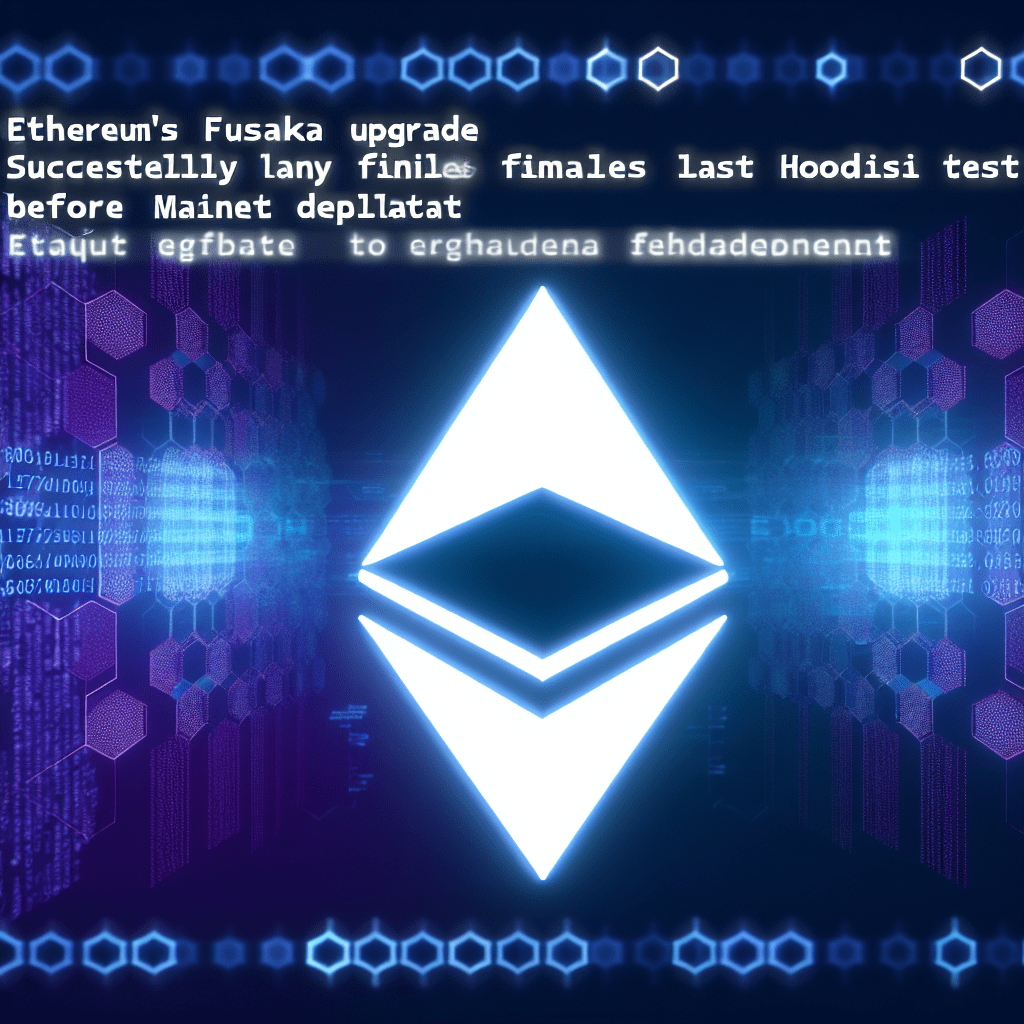
The concluding dress rehearsal for Ethereum’s forthcoming Fusaka upgrade took place on Tuesday, as the blockchain gears up for the mainnet hard-fork implementation.
This test, which launched at approximately 18:53 UTC on the Hoodi testnet, involved executing a series of code modifications aimed at enhancing Ethereum’s scalability and reducing costs.
Testnets serve as replicas of a blockchain’s primary network, providing developers with a secure platform to trial significant upgrades and address any issues prior to their deployment on mainnet.
Hoodi became the final of three testnets to run simulations of Fusaka, following two successful test upgrades on the Holesky and Sepolia networks.
Roughly six months after Ethereum’s Pectra upgrade, Fusaka brings changes intended to decrease expenses for developers, users, and institutions operating on the network. Its main feature, PeerDAS, allows validators to verify only specific segments of data instead of entire “blobs,” thereby easing bandwidth requirements and lowering costs for validators and layer-2 networks.
With all three tests completed, developers are now set to confirm the date for Fusaka’s activation on mainnet. According to the Ethereum Foundation, this will occur at least 30 days post today’s test, tentatively aiming for November 28 at the earliest. However, core developers mentioned in a bi-weekly call last week the possibility of an December 3 launch on mainnet.
Ethereum developers are already vigorously working towards the next hard fork, dubbed Glamsterdam. While details are yet to be finalized, there are intentions to incorporate proposals focusing on proposer-builder separation.
Read more: Ethereum’s Fusaka Rolls Out on Sepolia; Hoodi Testnet Up Next

